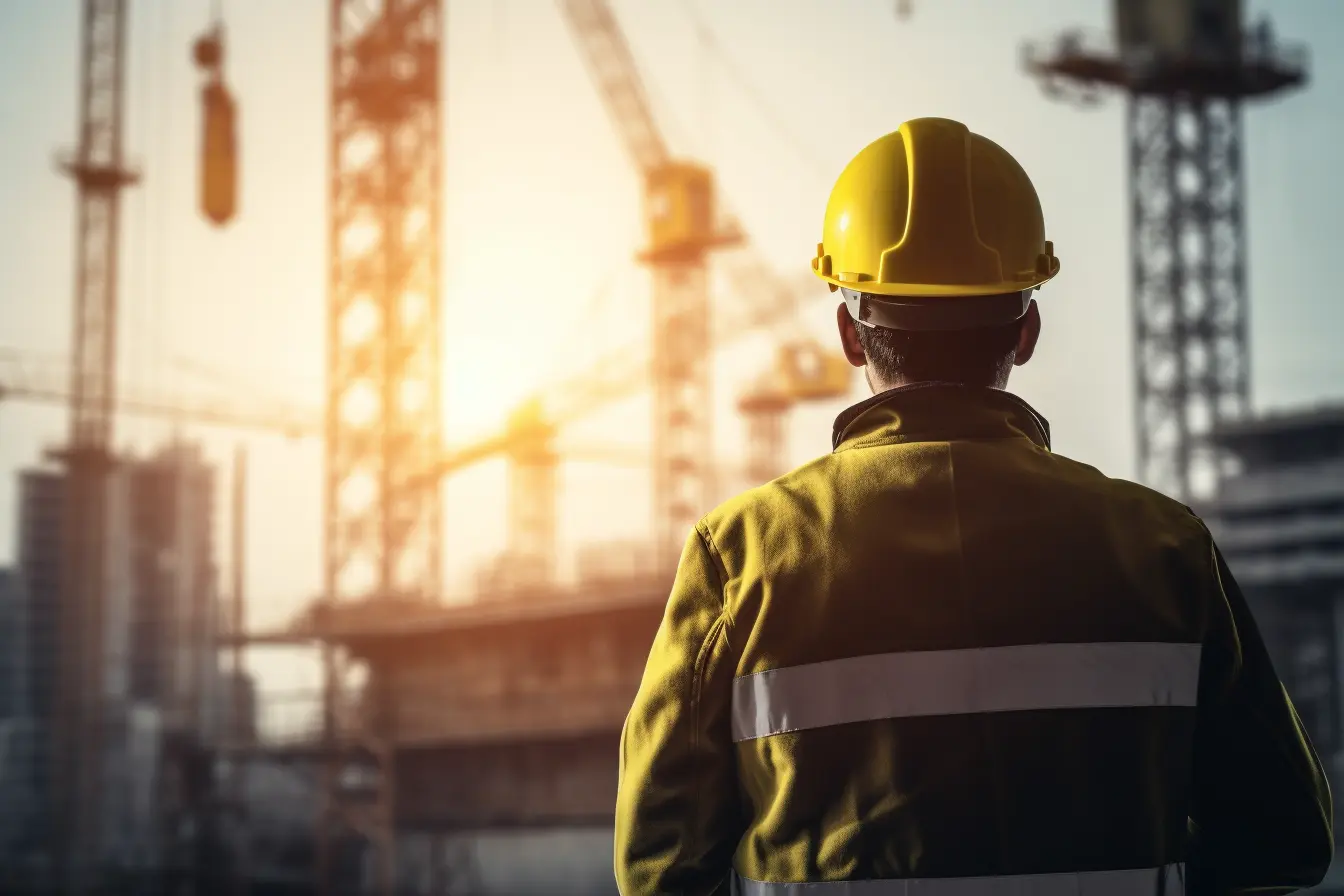Contents
I’m Not a Statistic: A Health & Safety Call to Arms
26 July 2022 - Evotix
statistic (noun): a quantity (such as the mean of a sample) that is computed from a sample specifically (Merriam-Webster)
Blogs don’t often start with definitions, so why have we done so here?
Well, health, safety and wellbeing incidents and accidents are happening in workplaces across the world every single day. They are adding up to an unflattering statistic for employee health and safety, with estimates from the World Health Organization (WHO) and International Labour Organization (ILO) reporting 360,000 deaths per year due to occupational accidents. These aren’t freak occurrences – they’re common occurrences such as falls from height, being struck by moving vehicles, being trapped by structures and objects collapsing, coming into contact with moving machinery, or even incidents with dangerous animals.
This is concerning, but what these statistics don’t show are each of the 360,000 individuals behind the numbers. After all, individuals, not statistics, are the heartbeat of organizations around the world. Each one contributes to your culture and productivity, and has chosen to work at your business.
This is a human story, not a data story.
Enough is enough
While most businesses pride themselves on caring for their employees’ safety, some don’t put those words into actions. With the high rate of workplace accidents, and in some countries not improving at all, it’s hard to believe safety is a priority. Most accidents derive from well-understood and easily addressable causes – so why haven’t they been addressed?
These same statistics conceal the personal stories and the impact that poor health and safety can have on people and their family. At Evotix, we say: no more. It’s time to make a change.
For those businesses that claim “safety is our number one priority,” we challenge you. Is that really true? How often is safety discussed at a leadership level? Or even at a board level? We don’t accept the fact that accidents sometimes happen in the workplace. The numbers don’t lie: there are too many accidents, and those accidents involve real people.
Background shouldn’t matter
What’s even more concerning is that the most hazardous industries are those which are most likely to use casual (irregular employment, interim cover, short-term contracts, pay-as-you-work) and migrant labor on zero-hour contracts. In other words, there is a disproportionate impact on disadvantaged groups in society – people less likely to have the support systems needed to make full recoveries.
In addition, blue-collar earnings are on average half of white-collar earnings – yet, the fatality rate is five times higher. The discrepancy in the number of workplace incidents between those in lower income roles and higher income roles is vast – and that’s before we consider the impact of poor working conditions on long-term physical and mental health.
For example, in the UK, agriculture – a notoriously difficult and low-paid industry – is responsible for just 1% of the total workforce, but 20% of all fatal accidents at work.
Make safety a win-win
Prioritizing safety shouldn’t be sidelined in favor of other budgetary needs. The need for health and safety training, exercise and solutions shouldn’t come at the expense of other important factors. Businesses need to fulfil their purpose, serve their customers, satisfy stakeholders and remain profitable. Companies are concerned about worker productivity and output, and with the Great Resignation as a global phenomenon, retaining talent can be a major headache that is hindering the recovery of entire industries after the pandemic.
However, none of this should mean that safety considerations take a back seat. Businesses like to highlight their purpose beyond creating shareholder value. They have commitments to delivering environmental, social and governance objections, and to reflect and support a wider, more diverse set of stakeholders. And it should go without saying that this must include concrete actions that demonstrate they believe that every person has the right to operate in a safe and fulfilling workplace.
Not only do employers have a moral responsibility, but it makes business sense as well. Accidents disrupt output, reduce productivity, damage morale and reputation, and can cause serious damage to the bottom line.
In fact, research has shown that for every dollar saved in direct health care costs, employers receive an extra $2.30 in improved performance and productivity. Health and safety precautions aren’t an impediment to business efficiency – in reality, the two go hand in hand. Making safety your number one concern is a great way of keeping your employees happy, healthy and engaged.
Be a changemaker
Behind every statistic is a human.
Businesses must constantly ask themselves: are we doing enough to protect our employees? Are we doing enough to ensure they can return home after a day (or night) at work safely? Are we looking after their physical and mental health? There’s no time for complacency, as unfortunately, the data suggests that for a lot of companies, the answer is “no.”
Your employees should be your priority. Workplace accidents effect their careers, their families and their futures. At Evotix, we’re on a mission to help people and their organizations create safer, smarter futures. We’re here to help businesses reduce those statistics.
As our CEO, Matthew Elson says, “It’s time to make a change. I’m not a statistic is about your people, they are your champions. Take care of them.”
Become a changemaker. Listen to our bi-weekly health and safety podcast – Two Bald Guys Talking Safety – to see how you can influence change and ensure the safety of your people.
RELATED BLOGS

Making Safety More Than a Number One Priority: A Core Value Approach
31 January 2025 - Evotix
Businesses often pride themselves on their core values, such as transparency, honesty, integrity and accountability. These company values act as guiding principles and fundamental beliefs that shape..

The Ultimate Guide to EHS: What It Means and Why It Matters
7 January 2025 - Evotix
Before diving in, let’s clarify a few key acronyms.

EHS&S Strategies for Uncertain Times: Ensuring Business Continuity and Growth
7 November 2023 - Evotix
In recent years, the undeniable truth is that we're navigating through times full of unpredictability. As we confront new challenges, businesses are in dire need of adaptability, especially as the..